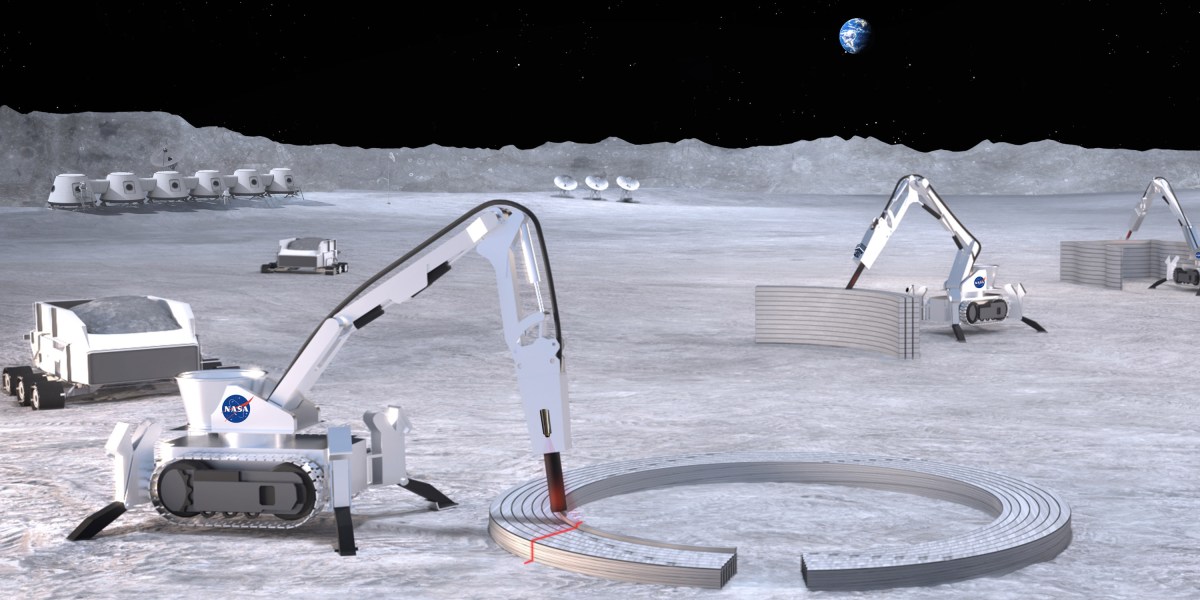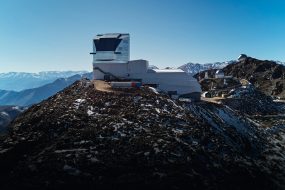
Building a home base on the moon will demand a steep supply of moon-based infrastructure: launch pads, shelter, and radiation blockers. But shipping Earth-based concrete to the lunar surface bears a hefty price tag. Sending just 1 kilogram (2.2 pounds) of material to the moon costs roughly $1.2 million, says Ali Kazemian, a robotic construction researcher at Louisiana State University (LSU). Instead, NASA hopes to create new materials from lunar soil and eventually adapt the same techniques for building on Mars.
Traditional concrete requires large amounts of water, a commodity that will be in short supply on the moon and critically important for life support or scientific research, according to the American Society of Civil Engineers. While prior NASA projects have tested compounds that could be used to make “lunarcrete,” they’re still working to craft the right waterless material.
So LSU researchers are refining the formula, developing a new cement based on sulfur, which they heat until it’s molten to bind material without the need for water. In recent work, the team mixed their waterless cement with simulated lunar and Martian soil to create a 3D-printable concrete, which they used to assemble walls and beams. “We need automated construction, and NASA thinks 3D printing is one of the few viable technologies for building lunar infrastructure,” says Kazemian.

COURTESY OF ALI KAZEMIAN
Beyond circumventing the need for water, the cement can handle wider temperature extremes and cures faster than traditional methods. The group used a pre-made powder for their experiments, but on the moon and Mars, astronauts might extract sulfur from surface soil.
To test whether the concrete can stand up to the moon’s harsh environment, the team placed its structures in a vacuum chamber for weeks, analyzing the material’s stability at different temperatures. Originally, researchers worried that cold conditions on the dark side of the moon might cause the compound to turn into a gas through a process called sublimation, like when dry ice skips its liquid phase and evaporates directly. Ultimately, they found that the concrete can handle the lunar South Pole’s frigid forecast without losing its form.
#moon #beginning #waterless #concrete














